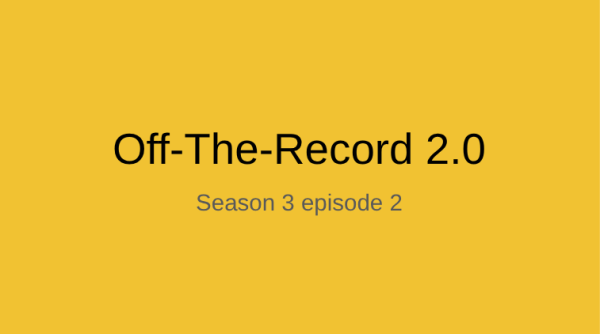History of Easter
Easter is a religious holiday that celebrates the resurrection of Jesus Christ three days after his death by crucifixion about 2,000 years ago. For Christians, Easter is a day of religious services and the gathering of family. In many churches, Easter comes after a season of prayer, abstinence, and fasting called Lent. This is observed in memory of the 40 days’ fast of Christ in the desert. In Eastern Orthodox churches Lent is 50 days. In Western Christen religions Lent is observed for six weeks and four days.
The first day of Lent is called Ash Wednesday. Ash Wednesday gets its name from the practice mostly in the Roman Catholic church by putting ashes on the foreheads of the faithful to remind them that “man is but dust.” Also, one week before Easter is called Palm Sunday. Palm Sunday celebrates the entry of Jesus into Jerusalem. That’s when Holy week starts on that day. Holy Thursday is in memory of the Last Supper of Christ with his disciples. Good Friday remembers the crucifixion.
There are many Easter traditions going around all over the world between non-Christian and non-religious celebrations. Many non-Christians believe to observe the traditions while ignoring the religious aspects of the celebration. The eggs represent fertility and birth in traditions that pre-date Christianity. Also, most children participate in Easter egg hunts, which they decorate eggs that are hidden. Today, Easter is an event as well as a religious holiday, marked by high sales for greeting cards, candies such as peeps, chocolate eggs, chocolate Easter bunnies, and other gifts.

My name is Jen Kurkoski, and I am a junior at Greater Nanticoke Area High School. This is my first year working for The GNA Insider.
I enjoy playing...







